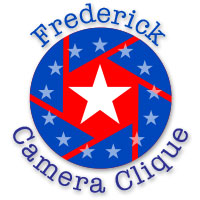Documentation of crime scenes and evidence is vital to an investigation and the subsequent court proceedings. The ultimate goal is to take the crime scene to the courtroom in order for a jury to better understand what occurred. This is done with detailed notes and sketches, supplemented with photos. This presentation will provide a brief history of law enforcement use of photography, from early film cameras to modern digital equipment. Along the way we’ll discuss how to document evidence with various techniques such as lens selection, painting with light, aerial photos, 3D mapping, and infrared. Al will also explain why post processing is generally not permitted and the exceptions when it can be used.
Al is a retired Howard County Police Officer, currently working as a civilian Forensic Specialist for HCPD. He is both a Certified Senior Crime Scene Analyst and a Certified Latent Print Examiner. A hobbyist photographer since his teens, Al took those early skills into investigative work. He often used his own gear to shoot better quality photos of accidents and crime scenes. This led to specialized training at the FBI Laboratory and the former Kodak Law Enforcement Program.
During his 45 years in law enforcement Al has worked with many different cameras and film formats. This included dark room work to provide the best possible images for presentation in court testimony. With the technological changes to digital equipment, Al has been able to apply old school film techniques to the digital world. As a hobbyist, Al has won awards in various local contests and was also a finalist in the Smithsonian’s Air & Space photo contest. His professional work is usually not seen outside the courtroom, but some images have been published in a variety of training manuals.
